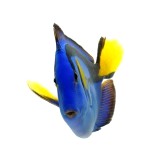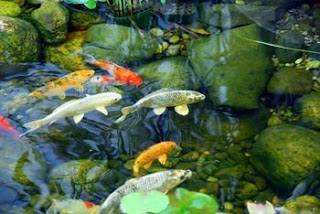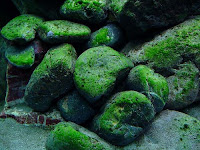The 5 Most Important Fish Aquarium Maintenance Routines
By Clifford WoodsOne of the most essential things you can do for your freshwater fish tank is to take care of it and keep it thoroughly clean. Needless to say, with our hectic day-to-day lives, what we need to know is exactly what is most crucial in keeping up with our freshwater fish tanks and how we can do it quickly.
Below is a list of the five most significant things you will need to do in order to keep your aquarium in good condition, according to the experts. These quick clean ups are not that difficult, particularly if you do them at the same time each month. If you cannot in any way do these basic things, then owning a fish tank may not be for you.
Task: Test Water
When: Monthly
Whenever your aquarium is initially established, make sure to test the pH of the tank water every couple of days. Get an examination kit from your local pet store. Following that, check the water every week for the first couple of months.
Following those two months, you can examine the water once a month, unless of course your fish are displaying irregular behavior. You can find out what the correct ph balance should be for your aquarium from your local fish shop.
Task: Change Water
When: Weekly
Swap out your fish tank water once a week if you can, however you may also do it every other week if you have to. You will just need to change about twenty percent of your tank's water. The easiest way to do this is to remove the water with a pipe.
Find a hose or fish tank tubing, place one end of the pipe into your fish tank, and then suck on the opposite end of the hose, with the hose lower than the water level of the fish tank. Make sure to have a suitable container prepared, since the water will come flowing out. Allow the water from the tank to flow into the container until about twenty percent of the water is taken out of your aquarium. Then add new water.
Task: Change Filter
When: Depends on Filter Model, Check Instructions
There are numerous fish tank filter systems available today. Therefore, the only guidance here is to take a look the guidelines and they will tell you when to switch your filter. Occasionally it can be every three or four weeks for non reusable filters. At times, it is every six months before they need to be replaced. There are types that you can clean yourself, so simply keep close track of them and thoroughly clean them as per the instructions that come with the filter.
Task: Vacuum
When: Weekly
Make use of a gravel vacuum machine to draw out the waste materials, harmful toxins and outdated food items in the bottom of your fish tank. Aquarium vacuums are generally great for removing waste substances and are available in all kinds, shapes and sizes based on the capacity of your fish tank. All of them work just a little bit differently, so be sure to check the directions that are included with them. All of them are quite simple to work with.
Task: Remove Algae
When: Monthly or as needed
Nothing appears more severe than algae creeping up the edges of your aquarium. On that subject, almost nothing looks better than a clear and clean fish tank that you can easily see through.
You can buy algae scraping tools as well as various other tools to get rid of the algae from the aquarium. They are generally simple to use. Simply pick one that you like and use it frequently.
An all-natural solution can also be purchased to get rid of algae.
Look for one that offers both aerobic and anaerobic beneficial microorganisms as it is the best type of product for the job.
---Clifford Woods is the CEO of Effective Environmental Services and Organic Environmental Technology.
We brew Beneficial Microorganisms and offer Natural Organic Solutions





















